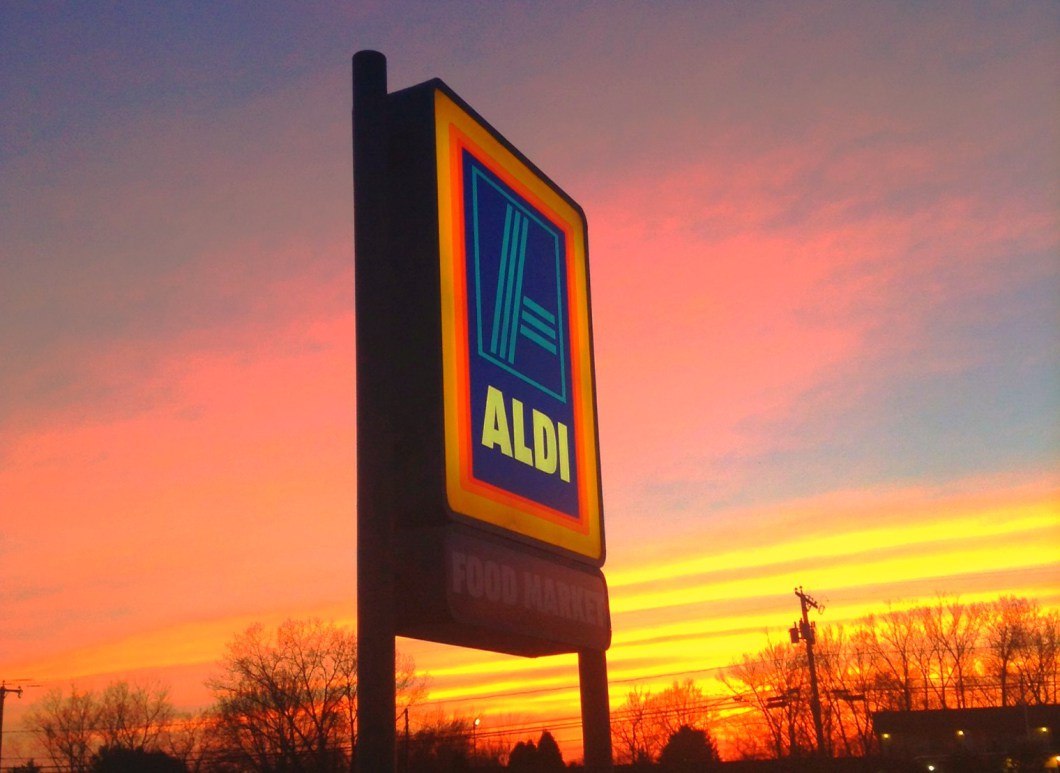Discount Supermarket Chain Aldi Prepping To Take On Walmart & Others In U.S.
There have been signs of Aldi’s American plan for months, with the company opening 2015 by snapping up Mid-Atlantic discount operator Bottom Dollar. More recently, the chain announced an expansion into Southern California, bringing its national presence up to 32 states.
The Wall Street Journal reports that Aldi has plans to invest $3 billion and add 600 new stores to its U.S. roster by 2018. That would bring the total to around 2,000, putting it in the same league as Target and not far from supermarket biggies like Safeway, Kroger, and SuperValu.
At the same time, another German discount grocery giant, Lidl, is looking to enter the U.S. market in the coming years. These two companies recently shook up the UK supermarket landscape by drawing in consumers in search of affordable food. In just three years, Aldi and Lidl went from having a combined 6% share of the UK grocery business to nearly 10%. Even its competitors think that will continue to grow significantly over the next decade.
As a result of this competition, shoppers in the UK have seen price drops at more established supermarket chains like Sainsbury, Asda, and Morrison. There’s no guarantee that the expansion of Aldi and Lidl into more U.S. markets will have as far-reaching an effect, but the industry is watching.
“They’re on everybody’s radar in the U.S. today,” one analyst tells the Journal. “Everybody knows how successful they are in Europe.”
Beyond its namesake supermarkets, Aldi already has a brand that may be familiar to stateside consumers. The Trader Joe’s chain of stores has been operated by the company’s Aldi Nord group for more than three decades. But the company’s Aldi Sud group is responsible for its U.S. and UK Aldi-branded supermarket operations.
Want more consumer news? Visit our parent organization, Consumer Reports, for the latest on scams, recalls, and other consumer issues.


